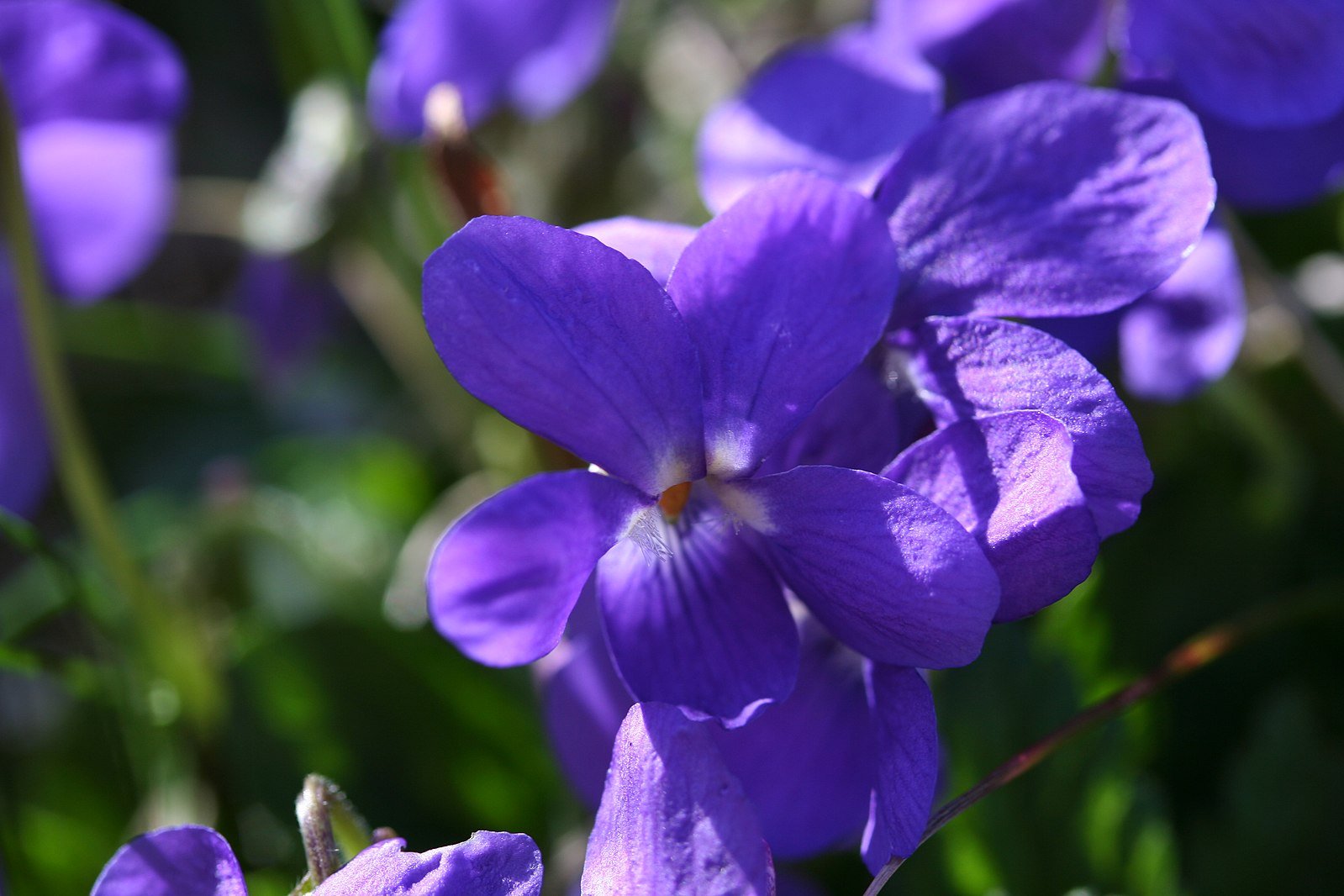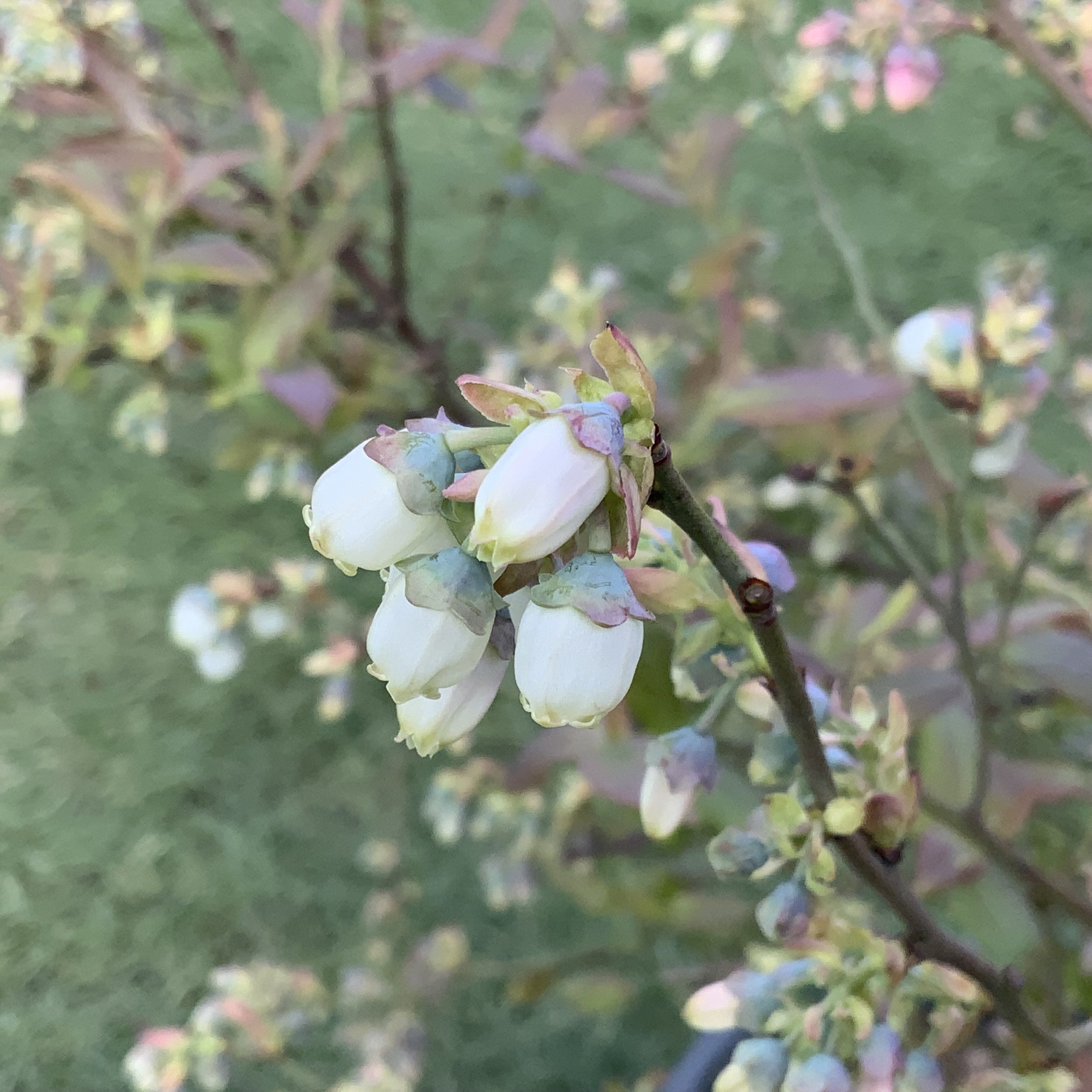RHS Chelsea Flower Show 2024
The National Autistic Society Garden seeks to capture an autistic person’s everyday experience of the world, using walls of cork to create a series of spaces dedicated to different types of social interaction - at work, with friends and family, with partners, and with ourselves.
It highlights a strategy called ‘masking’ – a potentially draining process involving consciously or unconsciously hiding autistic characteristics in order to fit in. The cork ‘masks’ encircle a central sanctuary with a mesmeric kinetic sculpture, alluding to the inner mind’s complexity and beauty.
The planting scheme is multi-layered, evolving from wetland meadow to river birch woodland, with a vibrant colour palette at its boundary soothing to softer hues at its heart, textured curling bark sits alongside large crusted blocks of expanded cork.
A strong ecological ethos runs through the garden, showcasing the circularity of regenerative systems and the interdependent relationship between natural ecosystems and man-made materials.
Sustainability:
A Whole-Life Approach: A building or a landscape is not just something we inhabit, it is part of a wider life cycle comprising a whole series of time-based processes - from raw material, to processing, to construction, to inhabitation right through to the end of its useful life and beyond. In this context we take an overarching holistic approach, considering environmental sustainability at every stage of the life cycle.
Material ecology: Expanded cork is a pure plant-based material that is produced as part of a biodiverse landscape and sustainable culture in the Montado.
Planting:
Bark: The River Birch (Betula nigra) is the key plant of the garden - its pink-brown, peeling bark will complement the dark cork walls, each forming the perfect metaphor for ‘masking’ by providing protective and attractive outer surfaces.
Other species are also selected for their bark including the Osier's Willow (Salix viminalis) with its glowing yellow young growth, and gorgeous gnarly bark beneath.
Mosses: whereas traditional gardening media has focussed on how to remove moss from your lawn, we are instead celebrating this ancient group of land plants which evolved long before the flowering plants more familiar to the horticultural world. We hope to have Polytrichum commune (haircap moss), Sphagnum spp. (bog mosses) and Hylocomium splendens (glittering wood moss) amongst others, and are creating a ‘mossy dell’ at the heart of the garden.
Native Plants: Often overlooked, these plants are evolutionarily adapted to our landscapes so do not require the energy or water-intensive mollycoddling of some of our less local garden favourites. Using these also roots the garden in our landscape, quite literally, as they have evolved in mycorrhizal relationship with their neighbours. Our garden will showcase the diminutive but rather gorgeous Viola riviniana and native ferns including Blechnum spicant and a more unusual cultivar of Athyrium filix-femina. Finally, the unfortunately named but rather lovely ‘Bog Myrtle’ (Myrica gale) is a much more attractive shrub than its name suggests and, when its leaves and flowers are crushed, produces a wonderful fragrance (reported to ward off midges!)
Food Forest: Although not primarily designed as an ‘edible’ garden, all of its soft and hard landscaping is non-toxic. The garden features a diverse planting of edible species that mimic the ecosystems and patterns found in nature, it is a three-dimensional multi-layered space that once established requires minimal maintenance providing a living outdoor pantry.
Many of the plants have been selected for their edible leaves, stems, bulbs or even bark. There are some familiar edibles such as blueberries (Vaccinium corymbosum) but also others that people may not know such as the Japanese Plum Yew (Cephalotaxus harringtonia), Udo (Aralia cordata) and Swamp saxifrage (Saxifraga pensylvanica).






